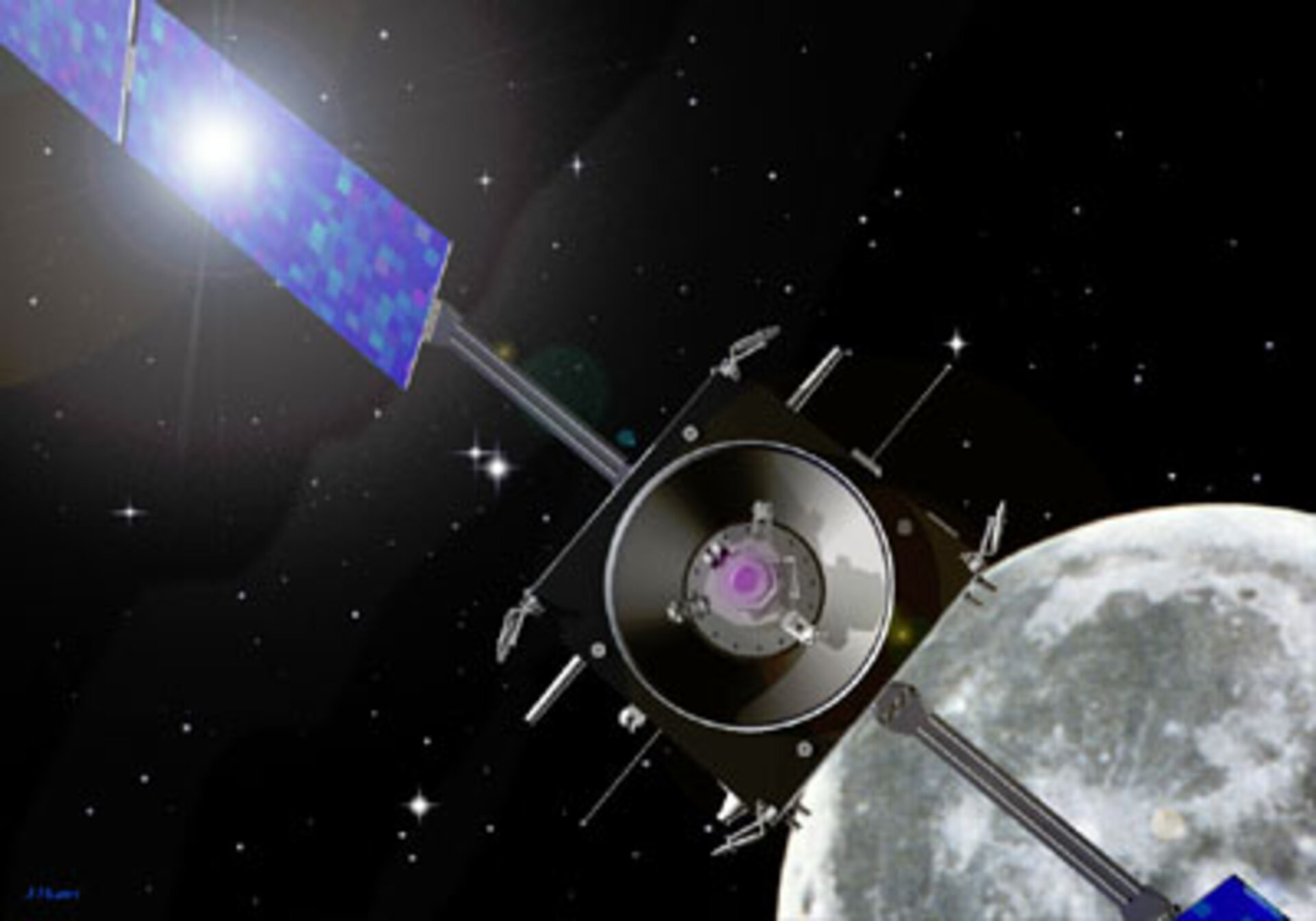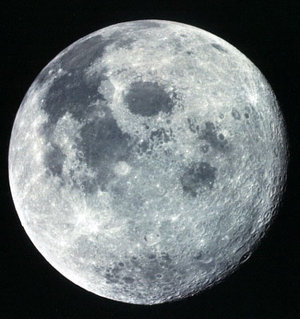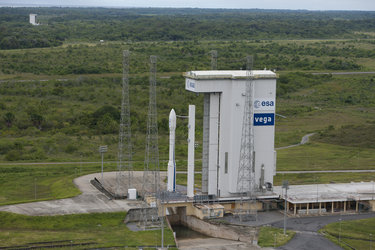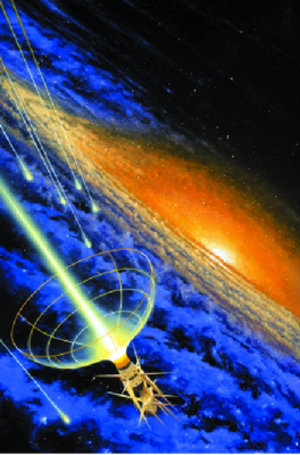New sensations for ESA’s 'space baby'
SMART-1’s journey to the Moon is now fully under way. After the initial test firing of the ion engine in Earth orbit, there was a series of further tests to measure the engine’s behaviour. These have now been completed.
At this time, the engine is being fired as planned for about 90% of each orbit to gradually raise it away from the Earth on its spiralling trip out to the Moon. The engine can’t be fired during certain parts of the orbit when the spacecraft is in the shadow of the Earth, because then the solar arrays will not generate electrical power.
Since its launch, the size of the spacecraft orbit has already increased by 500 kilometres and all systems on-board are functioning well. “As a newborn in space, SMART-1 is progressively waking up to its new environment,” said Bernard Foing, ESA’s SMART-1 Project Scientist. “Like caring parents, ESA engineers and scientists are monitoring its position, temperature and health signals around the clock.”
SMART-1’s scientific instruments are also in good health, and have been checked in what is called the ‘Pre-commissioning’ phase. Andrea Marini, ESA’s SMART-1 Payload Engineer said: "After these years of development and testing of the SMART-1 payload, what an emotional time it has been to be able to communicate with the instruments, and receive their signals as expected."
As part of its mission objectives, SMART-1 is collecting interesting data about the behaviour of the ion engine during its passages (or 'transits') in and out of the Earth’s Van Allen radiation belts, which will continue for the next two months. These radiation belts surround the Earth with a stormy environment of energetic particles that could affect the electronic systems and computers on board the spacecraft.
The engine, however, is already working well in these transits. When SMART-1 is safely out of the Van Allen belts also its instruments will be able to operate fully and provide more sophisticated data. They will be calibrated to improve their vision in the visible, infrared and X-ray wavelengths, and to test further the technologies on board this clever 'space baby'.








